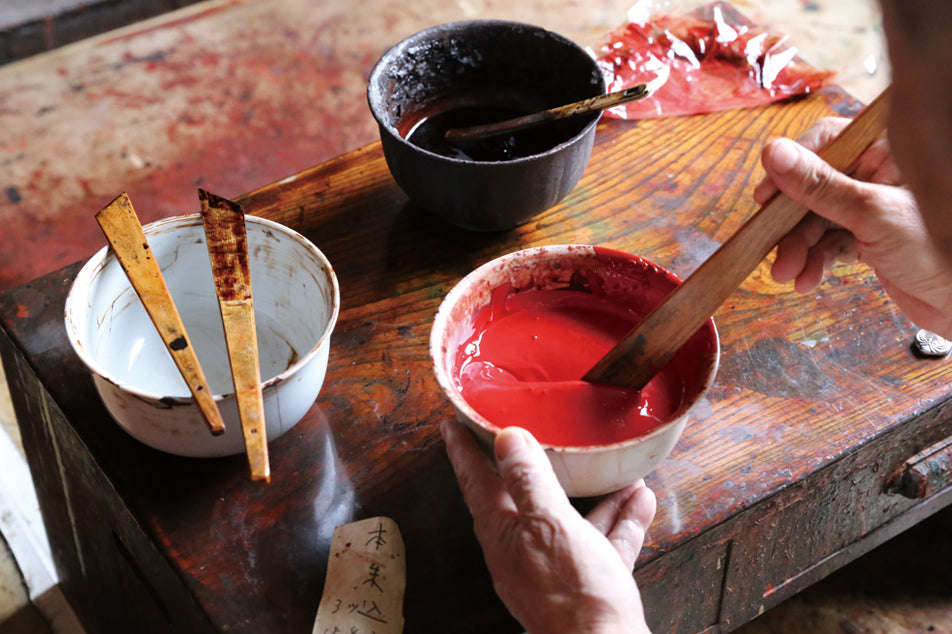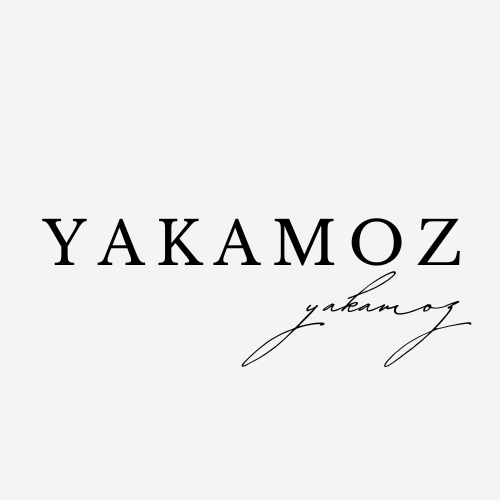Lacquerware
Lacquerware, a unique craft of the East, flourished in countries like Japan, China, Korea, and
Southeast Asia. Among them, Japanese lacquerware gained global fame early on, so much so that
"Japan" became synonymous with lacquerware.For Japan, lacquer is a familiar and significant presence, with its use tracing back over 2,500 years
to the Jomon period. Lacquerware has woven itself into the fabric of Japanese life, serving as both
functional tableware and as decorative elements in architecture. Two representative decorative
techniques that have survived to this day are raden and maki-e.

Raden
Involves embedding thin, iridescent slices of shell, such as abalone or pearl oyster, into the
lacquer layers, creating luminous designs. The plum blossoms in the image below showcase this
technique, their vibrant hues crafted with intricate precision.

Maki-e
Is a technique where delicate patterns are drawn on the lacquer surface and embellished
with gold, silver, or other colors. The term "maki" originally referred to the sprinkling of gold or
silver powder, but today it also includes methods like inlaying metal foils. The lacquerware in the
above image, a fine example of Kanazawa lacquerware, is adorned primarily with maki-e, except
for the raden details.

Ochi-me
the outline pattern used in maki-e, is traced onto the thin Mino paper template, and then
lacquer is applied from the reverse side. The design is transferred onto the surface of the object,
dusted with a shell-based pigment called gofun, making the outline visible. Typically, these outlines
remain unseen by the observer.
